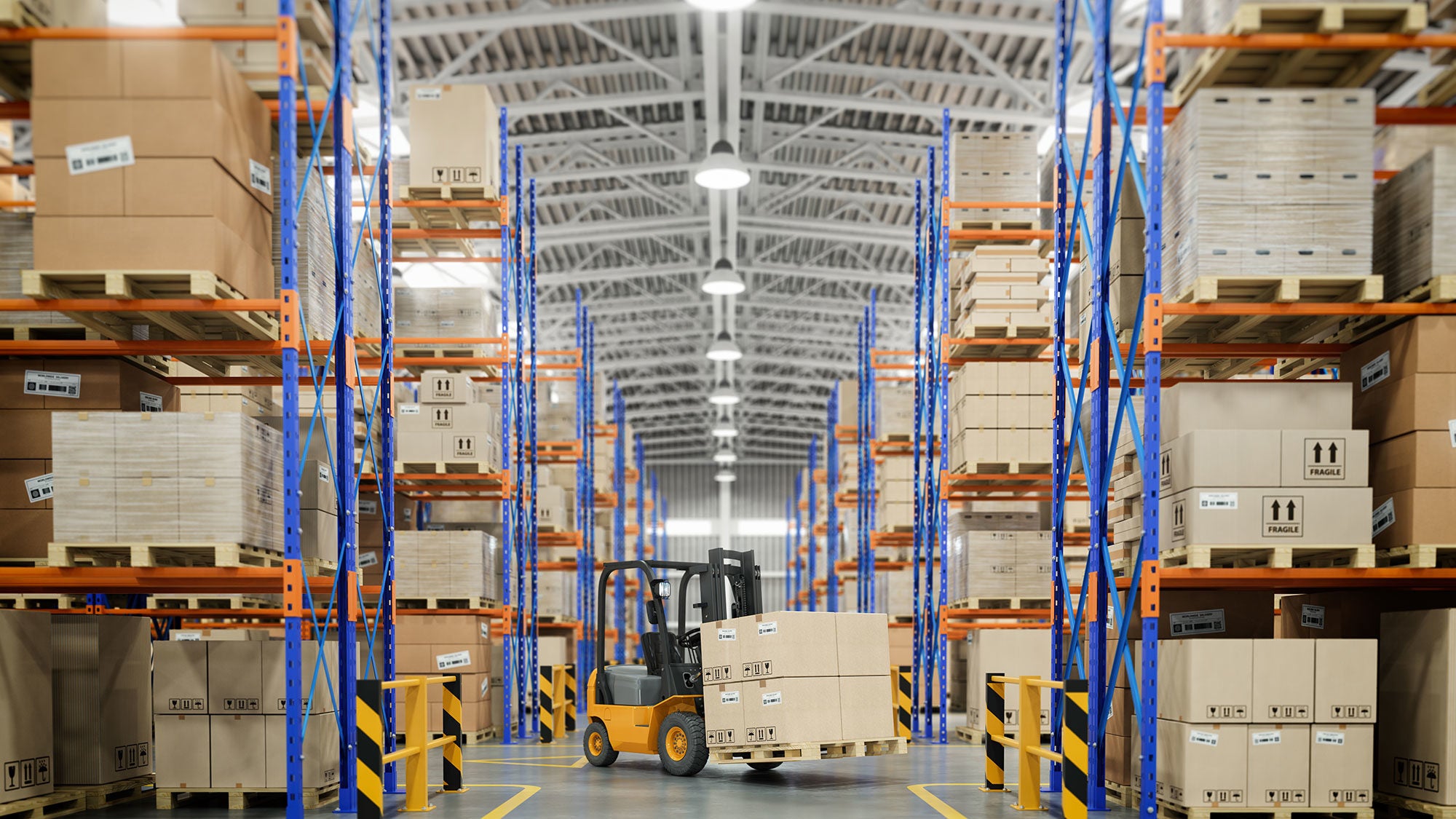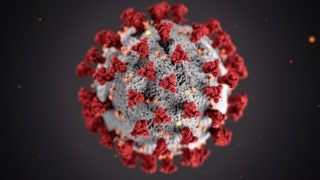
Title: Surfing the Supply-Chain Web: Professor Says Leaders Will Learn Resilience After COVID-19
Linda Dunn, faculty director for the master’s program in supply chain management at Georgetown’s School of Continuing Studies, says the COVID-19 pandemic has created a number of serious supply-and-demand problems including product shortages, distribution challenges and manufacturing disruptions due to reliance on goods from COVID-19 impacted countries.
But she also sees creativity and collaboration occurring in the midst of the crisis, and the situation eventually may spawn a new generation of disruption-savvy students.
 We asked Dunn, former vice president of supply chain and quality assurance for global hospitality company HMSHost, about the challenges and changes spawned by this crisis and what it could mean for the future.
We asked Dunn, former vice president of supply chain and quality assurance for global hospitality company HMSHost, about the challenges and changes spawned by this crisis and what it could mean for the future.
Retail goods and critical supplies for health-care workers are harder to find. What is important for consumers to know and expect going forward?
Supply chains are not simple and often have long, complex paths with many nodes, or stopping points, across many different companies, channels, geographies and countries. This is why we refer to them as “supply webs.”
Before a store can put a previously sold-out product back on its shelves, that store has to replenish its own stockroom; the regional warehouse that supplies the retail store has to replenish its inventory; the consolidated warehouse that aggregates various shipments and sends them to the regional warehouse has to replenish its inventory; and the manufacturer’s warehouse that ships to the consolidating warehouse has to replenish its stock after the manufacturer has increased production.
When there is a demand or supply shock, like we are now experiencing, it takes time to refill each node with a product, and if a product is coming from overseas, that catch-up time is even longer.
In the case of toilet paper, shelves should get restocked more quickly once demand normalizes, as a large portion is produced in North America. If a product – such as the N95 face masks – has a greater percentage of foreign production, demand is well beyond domestic capacity, and it could easily take months to rebalance supply and demand. That is why masks for health care must be prioritized and expedited-shipping methods employed.
One silver lining is that a fair amount of the U.S. food supply is domestic.
Is this change in the supply chain unprecedented?
I personally have not witnessed supply chain disruption to this degree. Historically, disruptions occur at the company, product category, industry or country/region level due to natural disasters, prior human or animal diseases, bankruptcies, recessions or other shocks.
Since supply chains are now more global, the interdependencies widen the impact.
How are companies adapting their operations to help with a shortage of ventilators, hand sanitizers, etc.?
We are seeing companies really innovate and display amazing cross-industry collaboration.
Examples include Ford and 3M partnering to accelerate production of 3M’s powered air-purifying respirators, and large distilleries – such as Anheuser-Busch, and even local distilleries such as Maryland’s Twin Valley Distillers – converting to manufacture sanitizer. And the largest food-service distributors – Sysco and USFoods – are teaming up with retail grocery chains to move products, and even workers, from food service to retail.
 How has this disruption to supply chains impacted the workforce? Will this continue to happen?
How has this disruption to supply chains impacted the workforce? Will this continue to happen?
The U.S. workforce is impacted at so many different levels. We unfortunately are seeing furloughs and layoffs. While this is currently occurring predominantly in industries directly impacted, like hospitality, travel and food service, there is a ripple effect from the overall economic situation.
But we also see the workforce in some sectors – health care and grocery – work overtime as they go above and beyond their normal duties and hours. Employees from most industries are having to quickly learn new skills – whether due to working remotely, moving traditional work to mostly virtual formats or altering customer service methods to implement social distancing.
What decisions are large companies and small businesses having to make now and in the future related to supply chains?
In the near term, companies are having to make many decisions about how to keep employees safe and how to obtain disrupted supplies or liquidate excess inventory. I believe companies will need to make crucial decisions in the long-term about how to retool their supply chains to be more resilient. This retooling could add some costs and inefficiencies like dual sourcing, moving some foreign production to domestic or establishing backup facilities. That said, supply chains may garner offsetting cost reductions through implementing digital strategies in the future.
In the supply-chain profession, an old adage is that “you plan, you don’t hope.” So our profession will have many lessons to incorporate into future plans to avoid what we are now experiencing.
On a positive note, I believe the upcoming generation of supply-chain leaders will have better decision-making skills after living through this situation, and this will expand the boundaries of traditional supply-chain thinking. I believe I have a unique role as an educator to help the next generation of supply-chain leaders plan for a more resilient supply chain and ensure this level of disruption doesn’t happen again.
